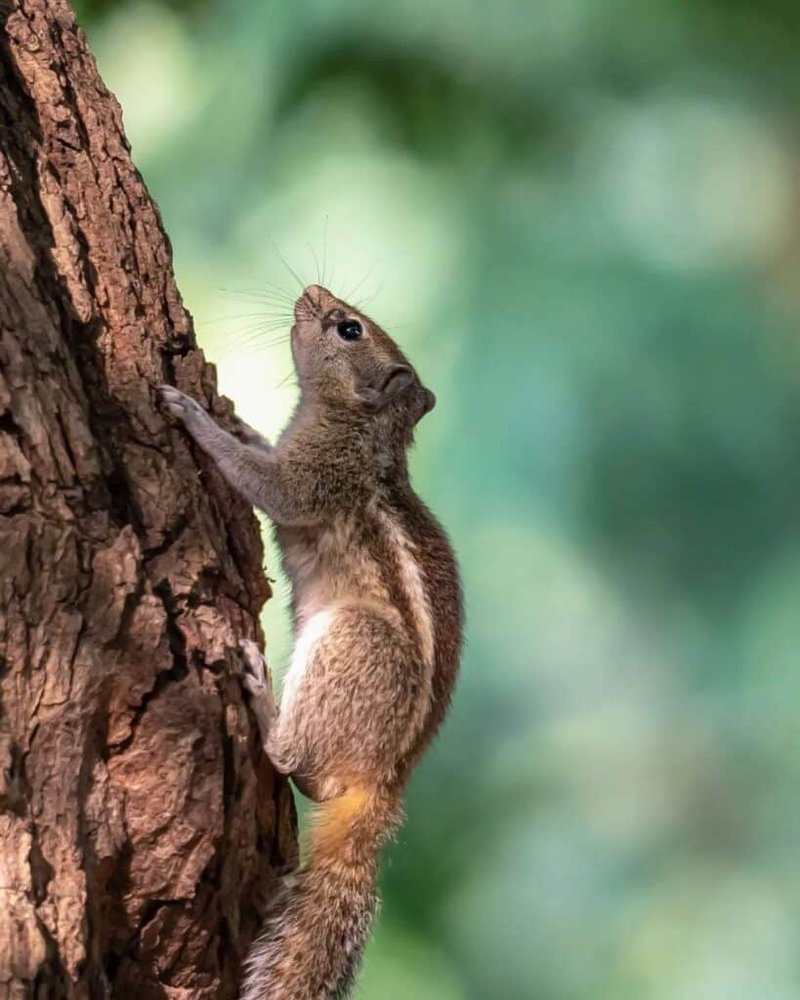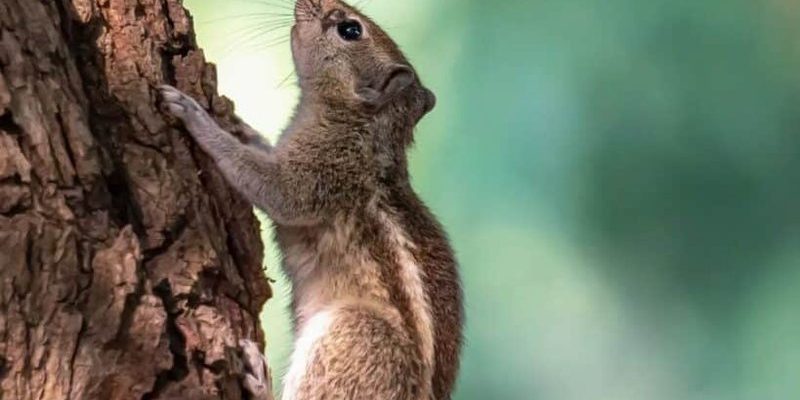
Imagine you’re sitting in your favorite coffee shop. You take a sip and strike up a conversation about these lively animals. Someone mentions that tree squirrels are pests, while another insists they all hoard nuts for winter. As you listen, you start to wonder how much of what you think you know is actually true. Let’s dive deep into some of the most common myths and misconceptions about tree squirrels, helping you separate fact from fiction and appreciate these lively creatures even more.
Myth 1: All Tree Squirrels Are Pests
A lot of folks think tree squirrels are nothing but nuisances. Sure, they can get into bird feeders or raid gardens, but calling them pests is a bit harsh. There’s a rich ecosystem that includes tree squirrels, making them important players in their habitat. They help in seed dispersal, allowing trees and plants to thrive. Imagine a tiny squirrel darting through the branches, unknowingly planting the next generation of trees!
Besides, many people enjoy watching these playful creatures as they leap from branch to branch. So, while they may munch on a few sunflower seeds, they also contribute to a balanced environment. Remember, they’re just doing their squirrel thing!
Myth 2: Squirrels Only Eat Nuts
You might think that tree squirrels live on a diet strictly made up of nuts. Well, here’s the thing: their diet is quite diverse! While they do enjoy nuts like acorns and walnuts, they also munch on fruits, seeds, flowers, and even insects. Picture a squirrel nibbling on a juicy apple or digging through leaves for seeds—yup, it happens!
Squirrels are opportunistic feeders. They adapt their diet based on what’s available, which is pretty smart if you ask me. During summer, you might catch them snacking on berries, while in the fall, they’ll focus on collecting nuts for winter. This flexibility is essential for their survival, ensuring they get the nutrients they need throughout the year.
Myth 3: Tree Squirrels Are Bad Climbers
You may have heard someone say that tree squirrels aren’t great climbers, but that couldn’t be further from the truth. These little acrobats are born climbers, and they’re surprisingly agile. Their sharp claws and strong limbs allow them to leap from branch to branch with incredible precision.
Think about it: watching a squirrel dash up a tree trunk in a matter of seconds is an impressive sight. They can navigate around branches and even hang upside down. This climbing ability isn’t just for fun; it helps them stay safe from predators. If you’re ever in a woodsy area, take a moment to watch a tree squirrel in action—it’s quite the show!
Myth 4: Squirrels Hoard All Their Food for Winter
Another common belief is that tree squirrels hoard every nut they find for winter survival. While it’s true they do store food, the idea that they’re greedy little hoarders is an oversimplification. Squirrels are strategic about their food storage, creating a mix of caches in various locations, which helps ensure they have access to food during the colder months.
Imagine a squirrel busy hiding nuts in the ground, only to forget some of them later on. This forgetfulness actually leads to new plants growing in those spots. So, in a way, they play a role in reforesting areas without even trying! It’s a win-win for nature.
Myth 5: All Squirrels Are the Same
When we talk about tree squirrels, many people don’t realize there are different species. The most common are the Eastern Gray Squirrel, the Fox Squirrel, and the Red Squirrel, each with its own unique traits and habits. Think of them as distinct personalities in a furry little family!
For example, *Eastern Gray Squirrels* are known for their adaptability and can often be seen in urban areas. On the other hand, *Red Squirrels* have a more solitary nature and prefer coniferous forests. So, while they all share a tree-dwelling lifestyle, each species has its preferences and quirks, contributing to the rich tapestry of forest life.
Myth 6: Squirrels Only Live in Trees
It’s easy to assume that tree squirrels only call trees home, but they can also make nests much closer to the ground. They are known to create nests, or dreys, in various locations, including shrubs, in attics, or even under decks. While trees are their favorite spots, you might be surprised to find they can be quite resourceful.
Sometimes, a squirrel might choose a cozy nook in a building to escape the elements. If you spot one poking around your yard, it could be looking for materials to build its nest. Honestly, they’re just trying to make a comfy home, much like you do!
Myth 7: Squirrels Aren’t Smart
If you think tree squirrels are brainless, think again! These critters are incredibly intelligent and resourceful. They can solve puzzles and figure out how to navigate obstacles to reach food. If you’ve ever watched a squirrel trying to figure out a bird feeder, you’ve seen their problem-solving skills in action!
Research has shown that squirrels can even remember where they’ve hidden their food. They use spatial memory much like we do when recalling directions. So, the next time you see a squirrel, give it some credit—it’s more clever than you might think!
Tree squirrels are often misunderstood creatures that play important roles in our ecosystems. By dispelling these common myths, we can appreciate them for who they truly are. From their diverse diets and clever strategies to their impressive acrobatic skills and unique species, tree squirrels are fascinating animals deserving of our respect.
So next time you spot a squirrel in the park or your backyard, take a moment to observe and enjoy its antics. You might just find a new appreciation for these dynamic creatures that add so much life and energy to our outdoor spaces.

